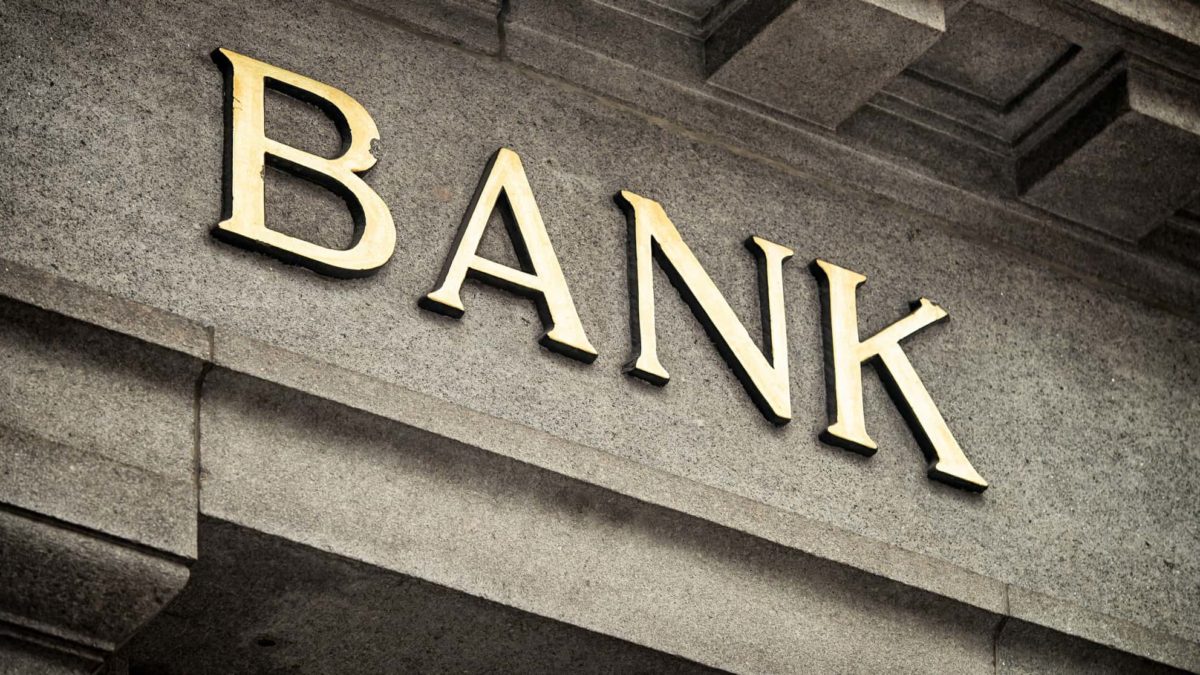ASX financials are leading the other major sectors during Monday's session, having broken away from the pack in early trade.
The S&P/ASX 200 Financials Index (ASX: XFJ) has climbed more than 2% into the green during the session, leading Australian large caps in the S&P/ASX 200 Index (ASX: XJO) by over 100 basis points.

Australian commodity stocks have fared tremendously well these past few weeks amid a fierce rally which commodity baskets are staging on global markets.
However today, the sector has pared gains such that the S&P/ASX 300 Metals & Mining Index (ASX: XMM) is trading around 27 basis points into the red at the time of writing.
What's up with ASX financials today?
Even more interesting is the relationship between these two sectors over the past month or so. Traditionally – in the large cap space anyway – both mining and bank shares are viewed as more defensible sectors, not in the least due to the sizeable dividends on offer and robust company earnings.
That's meant that, over the course of time, the two sectors have behaved relatively similar, ceteris paribus. However, with sector-specific risk and return factors at play, the pair have become less related in recent times.
Within the banking space, saturation of the mortgage market, pressures to net interest margin and of course record low base rates have hurt earnings in recent years.
Whereas recently, as close as 2022, the mining sector has benefited from record prices in the commodity markets as mentioned above.
The result is that as of March, both the metals and mining sector and the ASX financials have moved in almost inverse fashion, shown below.

ASX financials are flying today, led by Commonwealth Bank of Australia (ASX: CBA), currently up 2% on the day, followed by National Australia Bank Ltd. (ASX: NAB) up less than 2%.
Shares in Australia and New Zealand Banking Group Ltd (ASX: ANZ) are also up around 2% today, alongside Westpac Banking Corporation (ASX: WBC) shares which are up less than 2%.
Checking data provided by Bloomberg Intelligence, we see some interesting patterns today with flows into exchange traded funds (ETFs) backing these sectors.
The most funds' have left European based "UCITS" type ETFs, whereas the heaviest inflows have been into Australian Government bond ETFs and long-biased ASX equity market ETFs.
Curiously, the BetaShares Australian Financial Sector ETF (ASX: QFN) has seen an 0.86% surge of inflows today, and is up 2.5%, whereas the BetaShares Australian Resources Sector ETF (ASX: QRE) has seen reasonable outflows and is in the red.
Why are ASX financials charging higher?
In the absence of any market specific events, it appears that the impact of inflation is a large factor according to Bloomberg economist James McIntyre. He notes that, whilst Australia might be the beneficiary of this latest commodities rally, the end-markets might not be so lucky.
"Surging commodity prices deliver a major windfall to Australia, one of the world's largest commodity exporters", McIntyre wrote.
"But the jackpot comes with a cost: higher inflation – particularly food and gasoline, which account for a hefty chunk of household budgets. The Reserve Bank of Australia will have to tighten [policy] a lot sooner to contain these pressures".
That would involve raising base rates in order to increase the cost of money, that being interest, so as to reduce the level of aggregate spending and credit creation in the economy.
But the prospect of raising rates is good for some and not so good for others. Whilst a hike in commercial mortgage rates is a negative for the consumer, for the banks holding those mortgages, it's a huge positive.
"..if the average discount variable mortgage rate was to rise by 2.15%, as predicted by the market, average monthly mortgage payments would rise by 29% from their February 2022 level and 69% nationally from 2015", Lieth van Olselen, Chief Economist at MB Super says on Macrobusiness.
"The impact would be even more severe for the circa $500 billion worth of fixed rate mortgages due to expire over the next two years, most of which were originated at rates of under 2.5%", he added.
So whilst mortgage-holders are up for a higher bill, for Aussie banks, this is a huge positive – a 29% net increase at the gross interest level would feed more down into net profit, free cash flow, and cash on the balance sheet.
In fact, see the impact of rising home prices/mortgages, shown in both absolute and inflation-adjusted terms, versus the aggregate of Australian banks' balance sheets (red), on the chart below.
The uptick in prices is a positive for the banking sector's financial health.

And that could mean higher dividends for eligible shareholders too, not to mention if earnings increase, the attraction from analysts as well.









